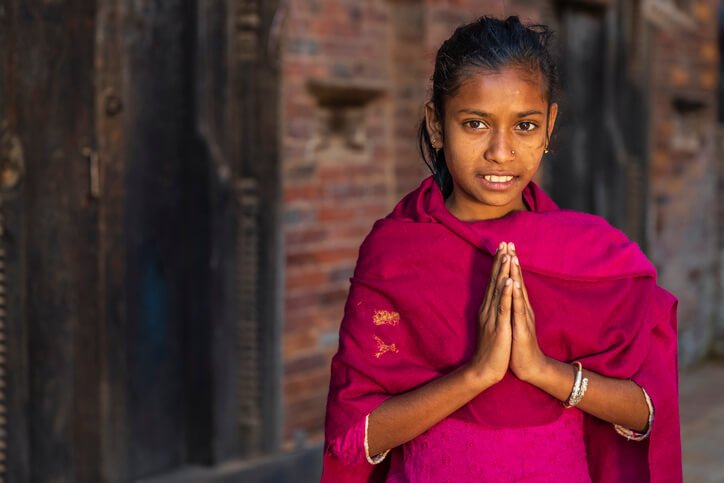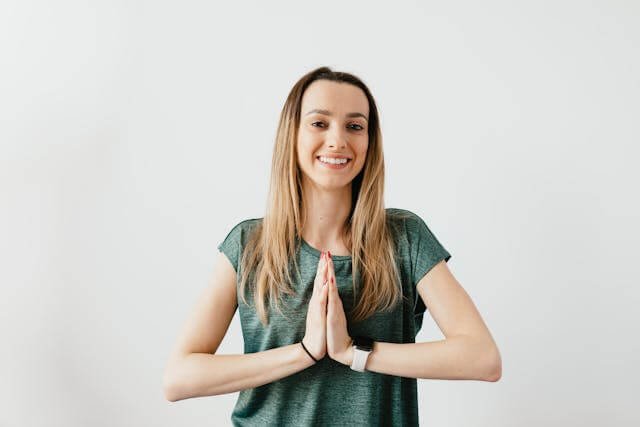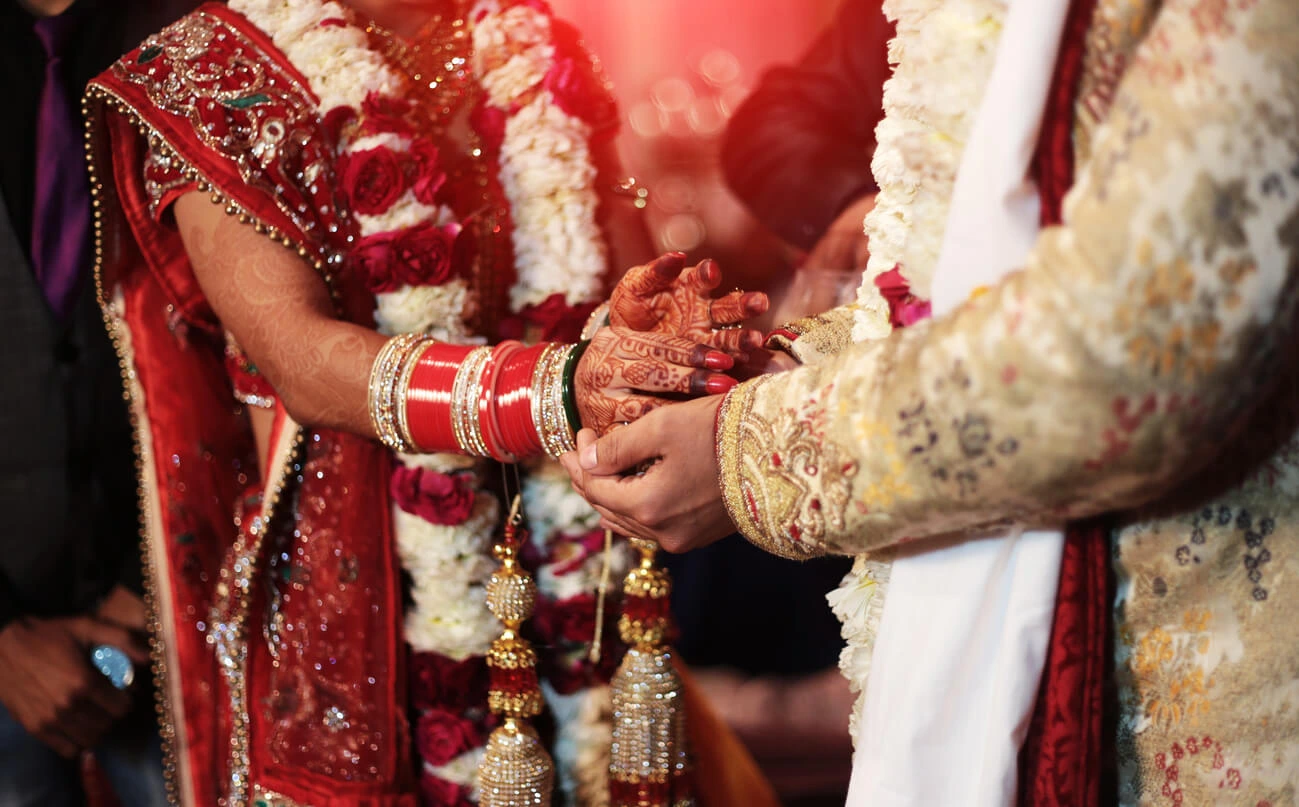INDIA
Travel Guide
BEST TIME TO VISIT INDIA
The best time to visit India is from November to March when the weather is cooler and more comfortable for sightseeing and outdoor activities. During these months, most of the country enjoys pleasant temperatures, making it perfect for exploring. From April, it gets very hot, and most regions have their summer monsoon from June to September. That said, India is a big country, so its climate can vary across regions.




All Posts About India
USEFUL PHRASES TO KNOW
Get ready for your India adventure with these essential phrases!
Hello

Namaste
Thank You

Dhanyabaad
Sorry

Mujhe Maaf Keejiye
Goodbye

Namaste
FAQs About India
Got questions about traveling to India? Our FAQ section has you covered!
India can be overwhelming but also enchanting. It is fascinating and so different from other countries I’ve visited. You get to see amazing architecture, eat the most flavorful food, and experience religious diversity and passion like no other. Hindu and Sikh rituals and temples are quite amazing to witness. It is such a unique place compared to anywhere else in the world and is definitely worth a visit!
Traveling to India can be an incredible experience, but it’s best to be prepared for uncomfortable situations and stay mindful of your surroundings to ensure your safety.
General Safety
Always be mindful of your surroundings, especially in crowded places and when using public transport. It might be best to go for pre-booked taxis when traveling at night or to go with someone you know locally.
Women Traveling Alone
While serious incidents are rare, solo female travelers might encounter some unwanted attention. In busy areas, you might find that some men approach you asking for pictures. Although it’s usually not threatening, it can be uncomfortable. Don’t hesitate to firmly say ‘no’ and move away if needed. If you ever feel threatened, seek help immediately.
Cultural Sensitivity
India has a rich and traditional culture, particularly in rural areas where the lifestyle might be different from what you’re used to. It’s important to respect local customs, adhere to dress codes, and avoid public displays of affection.
Theft and Scams
When dealing with vendors, remember that it’s perfectly okay to say ‘no’. A clear, firm response is often enough to deter persistent salespeople. Be cautious of scams, especially around popular tourist sites. If you have a private guide or driver, they can provide reliable information. Also, consider using hotel lock boxes to keep your travel documents secure.
Animals
If you’re an animal lover, resist the urge to interact with stray animals. Street dogs and monkeys can bite or scratch, posing a risk of rabies. It’s best to admire them from a distance.
India has so many amazing places to visit, it really depends on what you’re into.
Delhi is a great start if you love history and culture. You can check out cool landmarks like the Red Fort and Humayun’s Tomb, and experience busy markets and street food.
Mumbai is perfect if you’re into city vibes and Bollywood. The city’s got a lively atmosphere, stunning architecture, and you can’t miss the Gateway of India.
Jaipur is your go-to for royal palaces and forts. It’s part of the famous Golden Triangle and offers some incredible sights like the Amer Fort and City Palace.
Goa is ideal if you’re after beautiful beaches and a laid-back vibe. Perfect for relaxing by the sea and enjoying vibrant nightlife.
Kerala is a must if you love nature. Think backwaters, lush greenery, and houseboat rides – it’s super relaxing.
When packing for India, keep it simple and practical. Here’s a quick list to get you started:
Mosquito Repellent – Mosquitoes can be relentless, so bring along some strong insect repellent with DEET. Mosquito coils are also great for evenings.
Wet Wipes and Antibacterial Hand Wash – Trust us, you’ll find these super handy for staying fresh and clean on the go.
Padlock – Useful for securing your baggage, especially when traveling by train.
Mobile Phone – Grab a local SIM card on arrival. Just remember to bring a copy of your passport and visa, plus a few passport photos. Activation can take a day or so, but it’s worth it for staying connected.
Rehydration Kit – To deal with the occasional upset stomach, pack Imodium Instants and rehydration sachets. Better safe than sorry!
Comfortable Footwear – You’ll be doing a lot of walking, so pack some sturdy and comfy shoes.
Lightweight Clothes – The weather can get quite hot, so breathable and light clothing is a must. Don’t forget a hat and sunglasses for sun protection.
Reusable Water Bottle – Stay hydrated and help reduce plastic waste by carrying your own water bottle.
Travel Adapter – India uses Type C, D, and M plugs, so bring a travel adapter to keep your devices charged.
Basic Medications – Pack any personal meds you might need, plus some basic first aid supplies.
Scarf or Shawl – Great for covering up when visiting religious sites or when it gets chilly in the evenings.
In India, you’ll hear a whole bunch of languages spoken. Hindi and English are the official ones, so you’ll get by pretty well if you speak either of those. But that’s just the tip of the iceberg! India has 22 officially recognized languages and hundreds of dialects.
In the north, you’ll hear languages like Punjabi, Bengali, and Urdu. In the south, Tamil, Telugu, and Kannada are common. Each state has its own local languages, so it’s a real melting pot.
Even if you don’t speak the local language, don’t worry—many people, especially in tourist areas, speak English.
When you’re packing for India, go for comfort and modesty. Stick to lightweight, breathable fabrics like cotton to stay cool in the heat. Covering your shoulders and knees is a good idea, especially when you’re checking out temples or other religious spots, so loose pants or skirts and tops with sleeves are perfect. If you’re feeling adventurous, try a kurta or salwar for a local vibe. Don’t forget a hat and sunglasses to shield yourself from the sun, and comfy shoes are a must since you’ll be doing a lot of walking. A scarf or shawl can be handy too, both for style and practicality especially when visiting religious sites.
The currency of India is the Indian Rupee, abbreviated as INR. It’s commonly represented by the symbol ₹.

